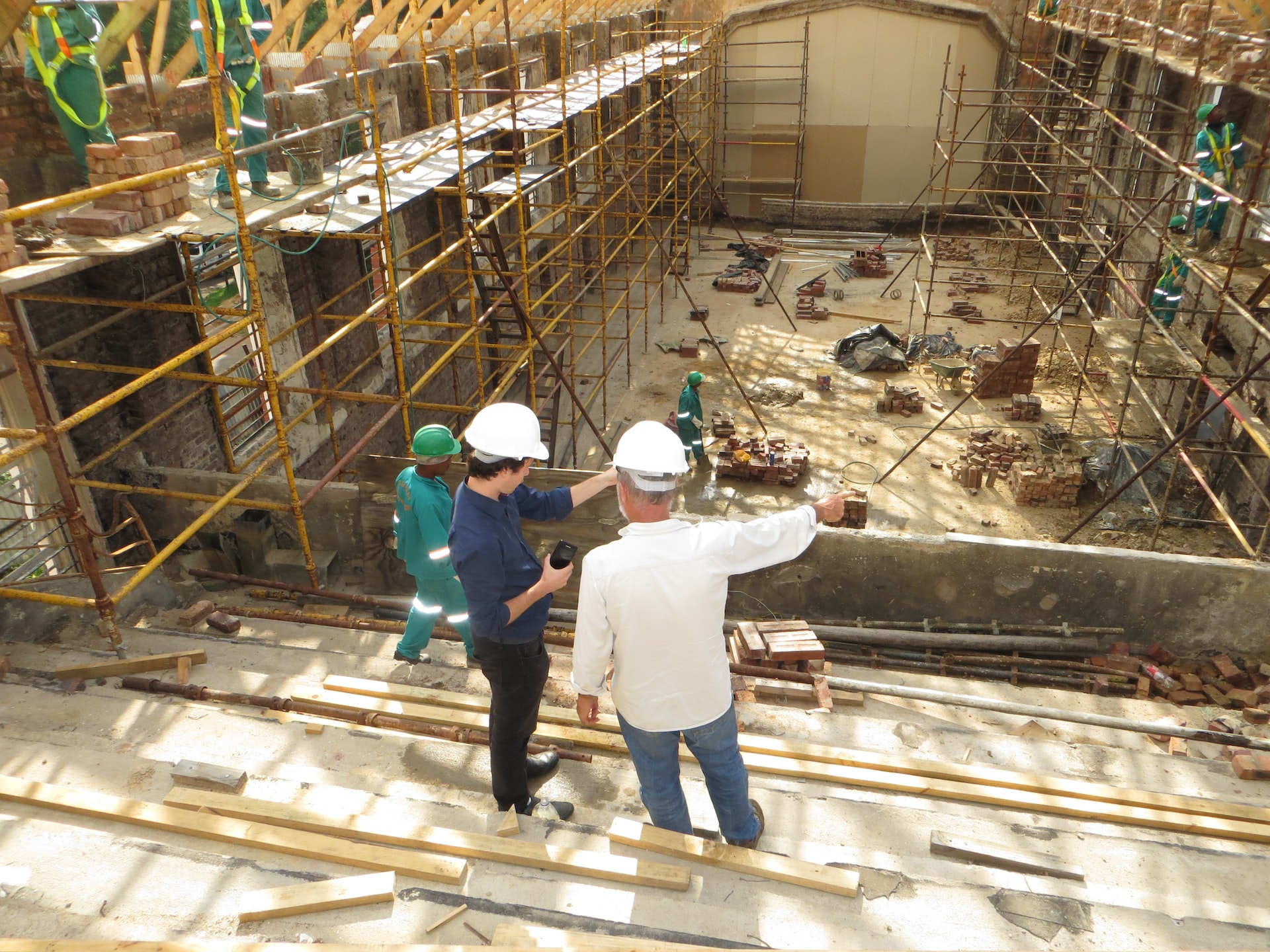A Breakthrough in Brain Imaging
Breakthrough alert! Scientists have successfully captured the first brain scans using the world’s most powerful MRI machine, Iseult. This milestone marks the commencement of operations for the machine, a significant achievement in the realm of brain imaging. The scans produced by Iseult yield exceptionally high-resolution images, providing unparalleled insight into the complexities of the brain. This breakthrough promises to deepen our understanding of consciousness and improve our ability to address neurodegenerative disorders.
The Remarkable Resolution of Iseult
Developed by France’s CEA research organization, Iseult boasts a magnetic field strength of 11.7 teslas – a remarkable ten times more powerful than typical hospital MRI scanners, which usually operate at 1.5 or 3 teslas. This immense strength translates into stunning detail, revealing the human brain with a level of resolution never before achieved.
Accelerating Discovery: Rapid Scans and High Resolution
The increased power of Iseult enables the acquisition of higher-resolution brain images in significantly less time. Initial scans conducted on healthy volunteers took only four minutes – a vast improvement over conventional MRIs that often require lengthy scanning times. These groundbreaking images boast an impressive resolution of 0.2 mm (0.008 in), allowing researchers to visualize brain structures as small as a few thousand neurons. Such precision enables the simultaneous visualization of volumes equivalent to several thousand neurons.
Understanding Consciousness and Neurodegenerative Diseases
Scientists envision using Iseult to unravel the mysteries of the human mind, exploring processes such as memory formation, information processing, and consciousness. Furthermore, this technology holds great promise for enhancing the diagnosis and treatment of neurological disorders like Alzheimer’s and Parkinson’s. While Iseult is not yet ready for clinical use, its success represents a significant advancement in our understanding of the brain and sets the stage for future breakthroughs in neuroscience and medicine.







